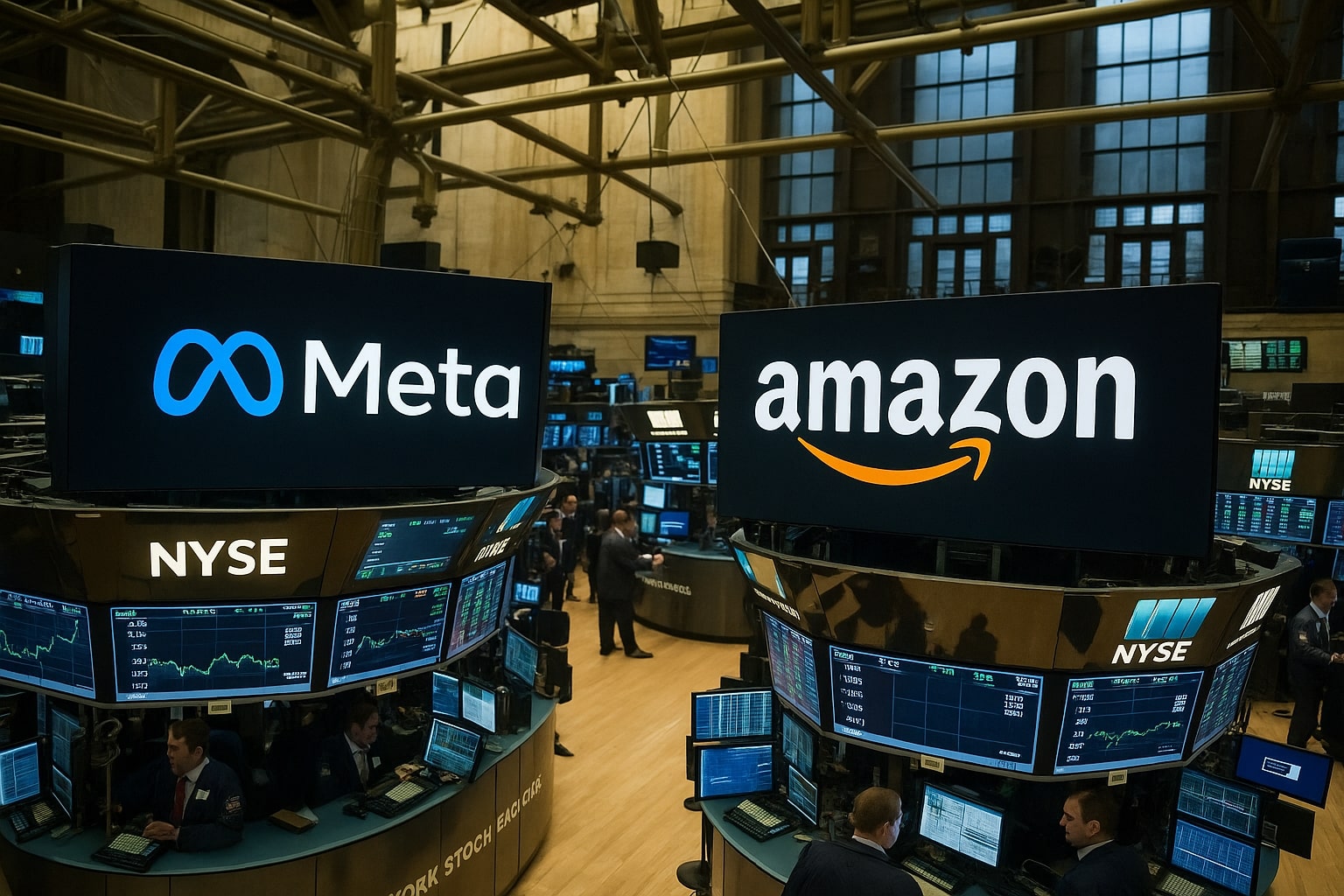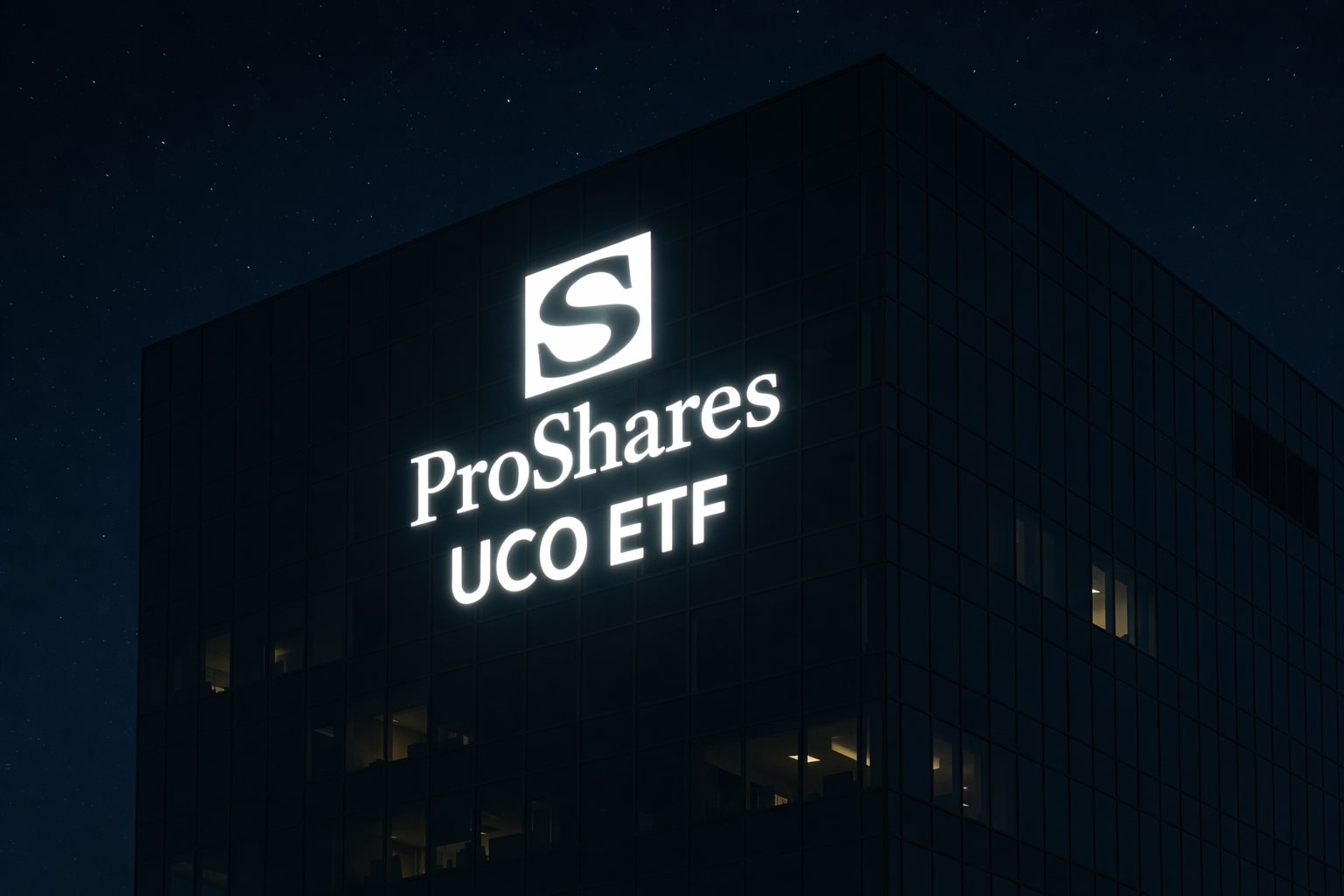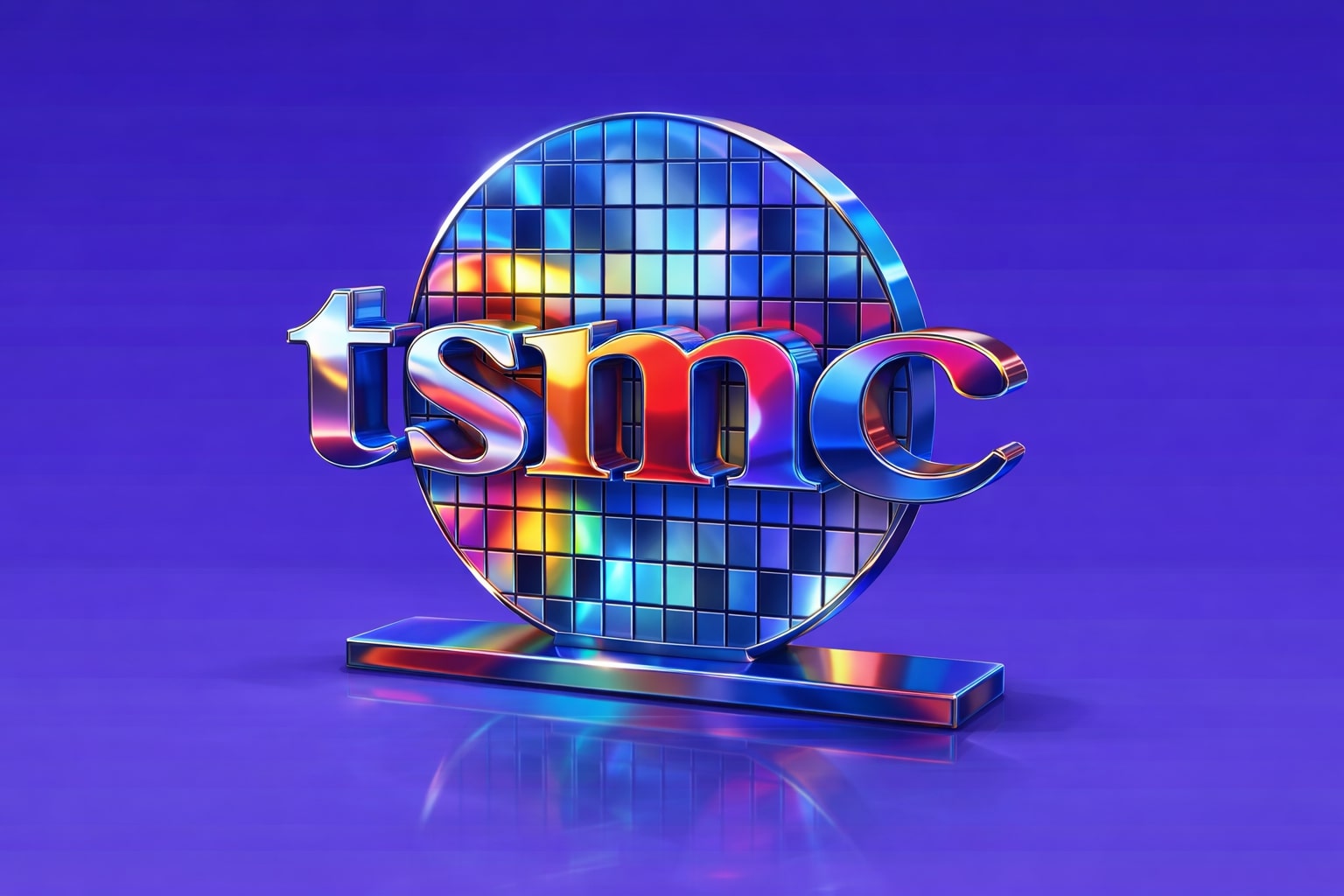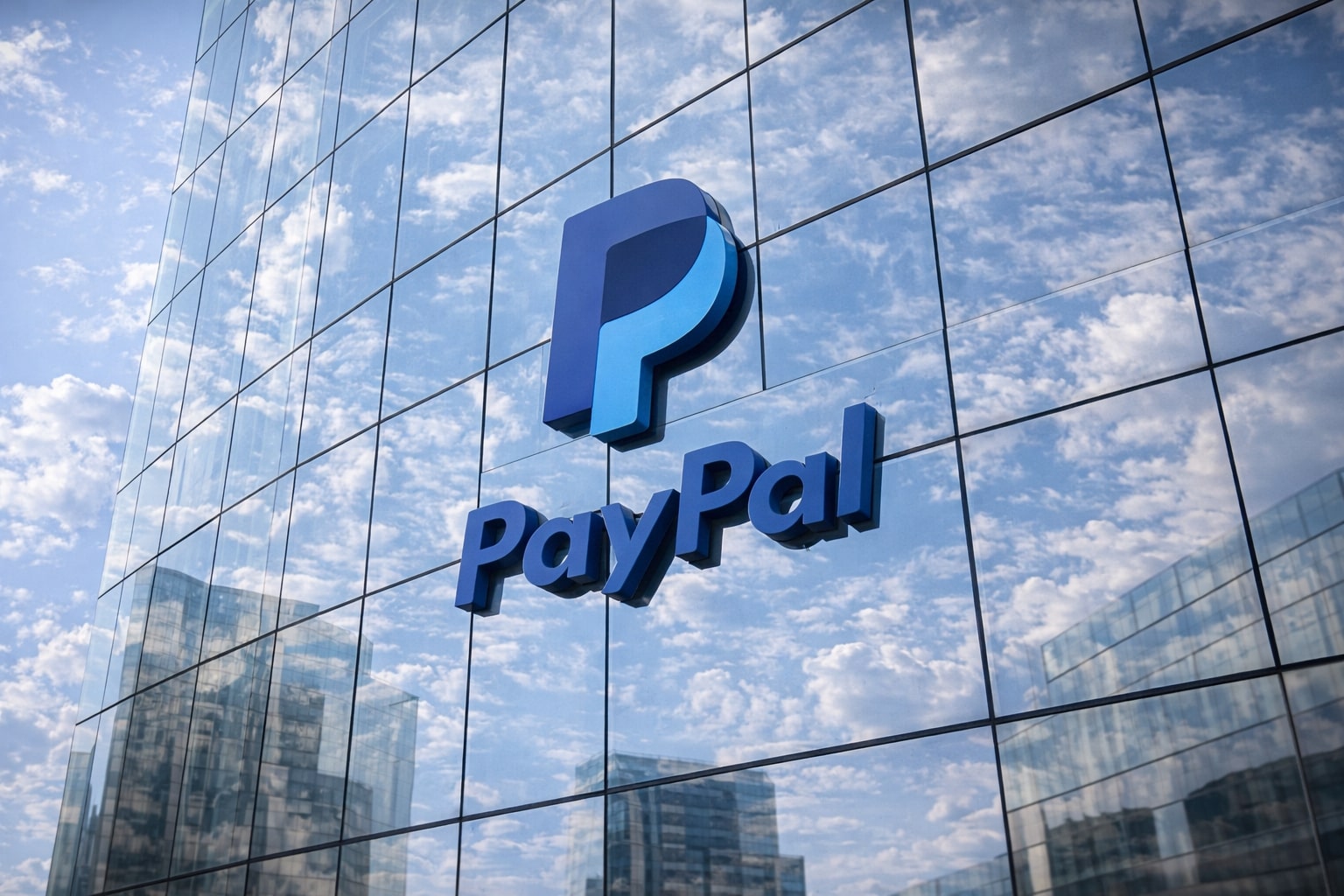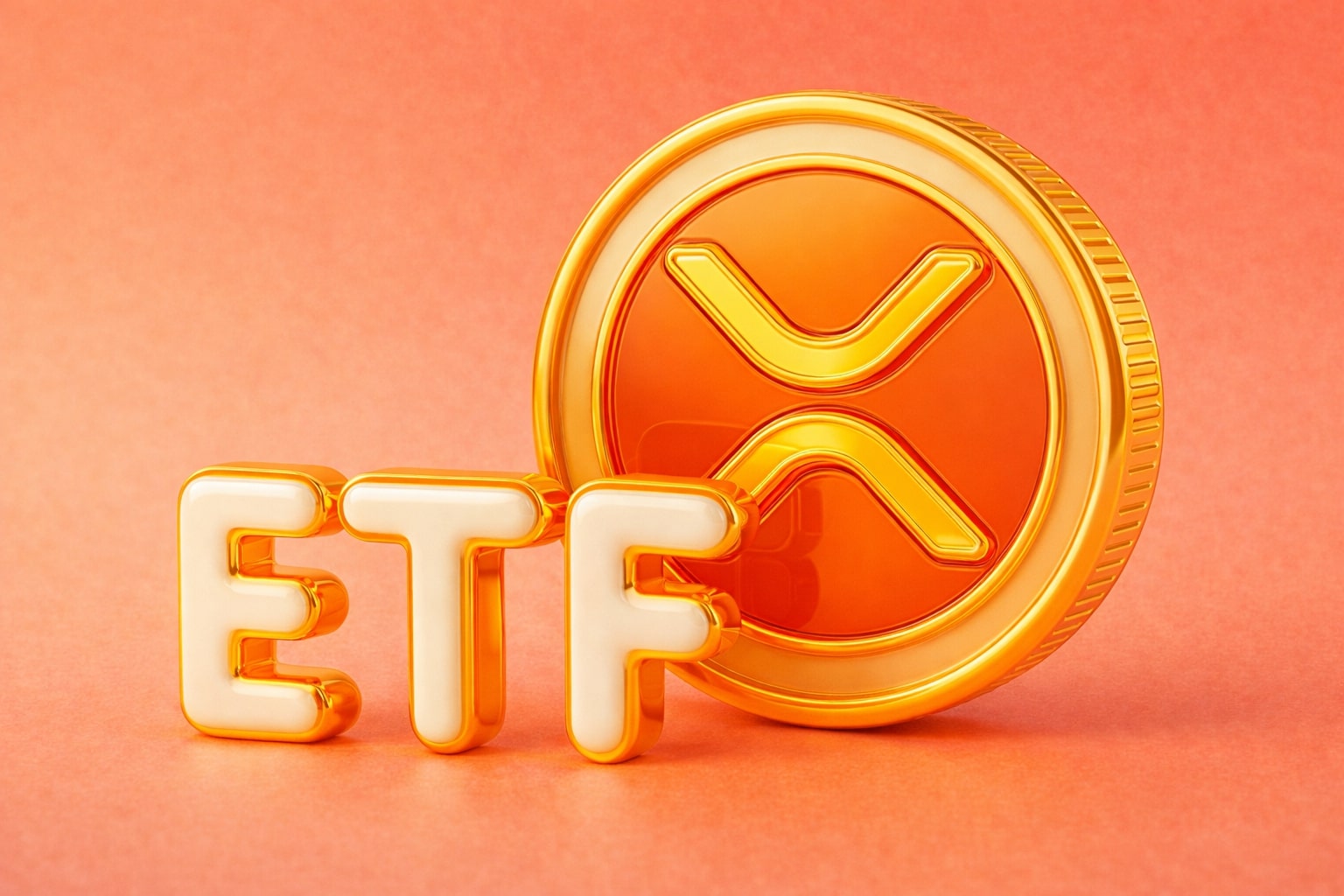NASDAQ:META Valuation Strength vs NASDAQ:AMZN Valuation Gap
Meta Platforms (NASDAQ:META) is trading at $755 a share with a market capitalization of $1.9 trillion and sits on a forward P/E near 25x. That places it cheaper than Apple at 28x and Microsoft above 30x while showing higher operating efficiency at a 43% margin and $71.5 billion net income. Amazon (NASDAQ:AMZN), by comparison, trades at $228 per share with a market capitalization of $2.43 trillion and forward P/E around 29x. Despite its scale, Amazon’s net margin stands at 10.5% with $70.6 billion net income, almost identical in dollar terms but far lower as a percentage of revenue. Investors pay more for Amazon’s weaker profitability and lower margin stability. On valuation and efficiency grounds, Meta is clearly superior, delivering higher returns per dollar invested.
Earnings Performance and Margin Profile META vs AMZN
Meta reported earnings with EPS strength above analyst expectations and consistent double-digit operating income growth. Its margin of 43% dwarfs Amazon’s 11.4% operating margin and 10.5% profit margin. Amazon’s Q2 revenue came in at $168 billion, up 13% year over year, but AWS disappointed at 17.5% growth while margins declined 261 basis points. Meta, on the other hand, leveraged Reels and Instagram ads to deliver $32 billion in revenue from Instagram alone while maintaining expanding margins. The difference is scale efficiency: Meta generates nearly the same net income on $135 billion in annual revenue as Amazon does on $670 billion, underlining Meta’s superior monetization model.
NASDAQ:META AI Integration vs NASDAQ:AMZN AWS and Tariff Pressure
Meta is aggressively embedding AI across its family of apps, with LLaMA and new generative tools boosting engagement across 3.43 billion daily active users. The company positions itself to capture AI-driven ad spend with a cost-effective model. Amazon meanwhile leans on AWS as its profit engine, but AWS is constrained by power limitations. Management acknowledged demand outpaces capacity and resolution will take multiple quarters. That caps Amazon’s ability to reaccelerate AWS to the 20%+ growth rates investors demand. Compounding the issue, Amazon faces tariff uncertainty, with the November 10th expiration of the China truce potentially triggering a 30% reciprocal tariff on top of existing 25% Section 301 duties. If imposed, holiday-quarter margins would collapse. Meta’s regulatory overhang relates more to antitrust scrutiny, which could impact WhatsApp and Instagram, but does not directly damage margins the way tariffs threaten Amazon’s retail core.
Advertising Growth META vs AMZN
Amazon’s advertising segment has grown into a $65 billion annual business, representing 22% year-over-year acceleration and already surpassing 10% of total sales. Importantly, if given comparable margins to Meta or Google, Amazon ads already account for 30% of operating profit. Its new deal with Netflix extends DSP access across nearly all streaming inventory, positioning Amazon as a central player in connected TV. Meta, however, remains the industry leader in monetized advertising, pulling in $32 billion from Instagram alone, with advertising still the core revenue driver. Both companies dominate digital advertising, but Meta has the higher margin structure, while Amazon has the faster growth vector as it diversifies beyond retail and AWS.
NASDAQ:AMZN Long-Term Bets vs NASDAQ:META Focused Execution
Amazon is spreading its bets into Zoox robotaxis, Project Kuiper satellites, and logistics AI integration. These initiatives carry massive optionality but also significant regulatory and execution risks. Zoox may target a $450 billion robotaxi market, but today it generates no revenue and faces ongoing safety investigations. Meta, in contrast, channels resources into fewer but more profitable vectors: augmented reality smartglasses with Ray-Ban, Threads expansion with 400 million users, and AI across Reels and the metaverse ecosystem. Investors in Amazon are betting on breadth of future bets, while investors in Meta are buying a machine that already turns $135 billion of revenue into $71 billion of profit.














